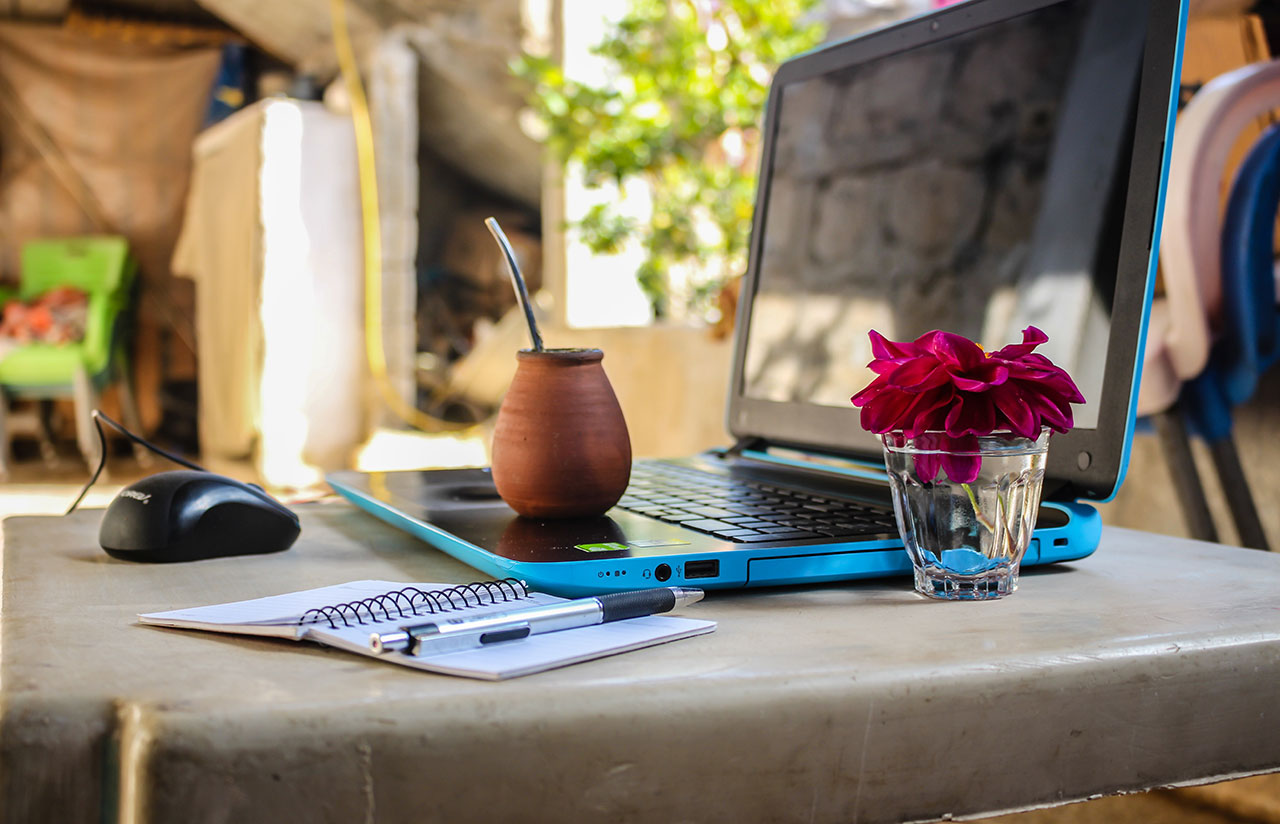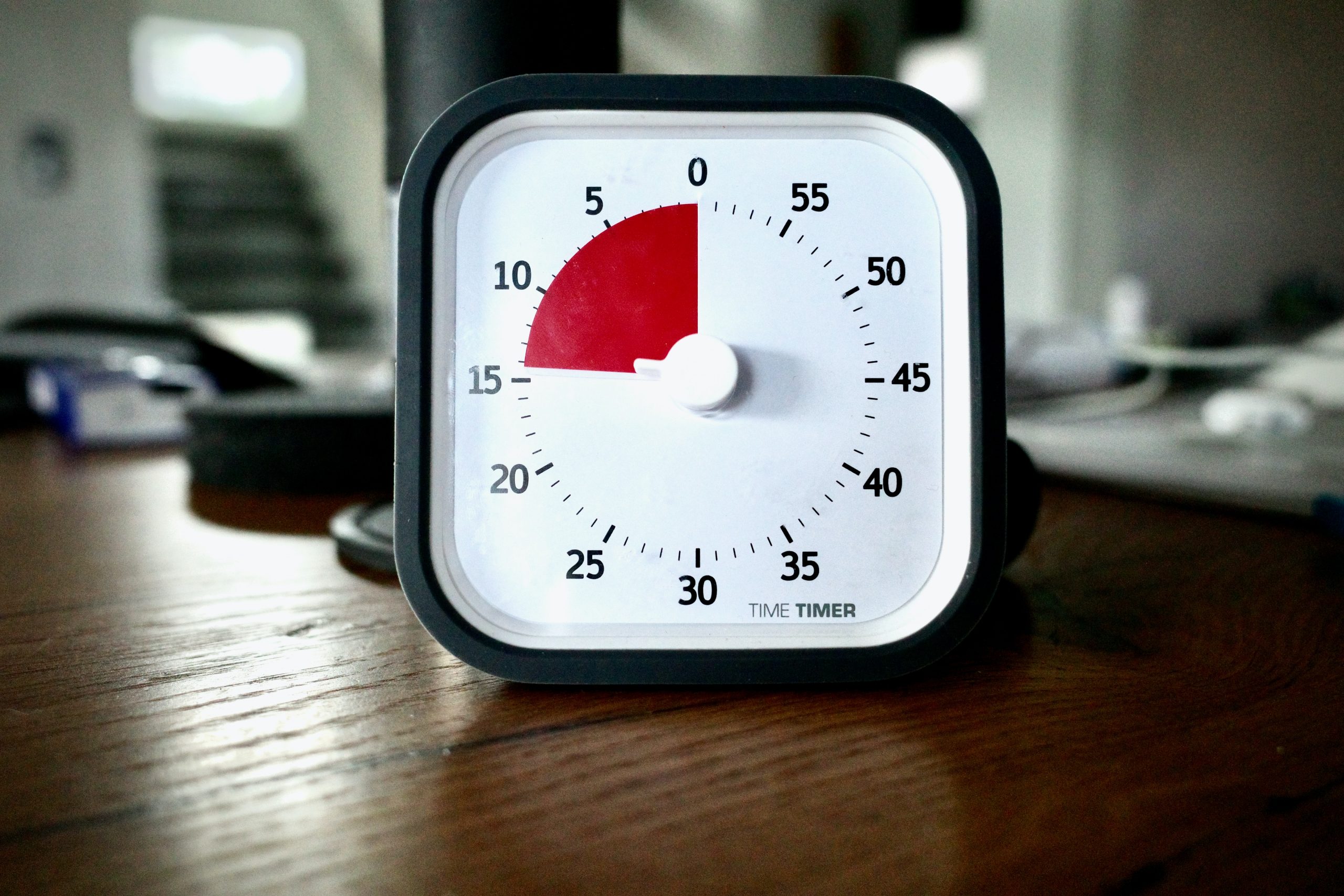Let’s face it, work can be boring.
There aren’t many people who get to work only on what they love, never having to wade through mundane processes or getting frustrated by complicated problems. Even the best jobs have these moments of dissatisfaction.
But the job is only one half of the equation when it comes to how we feel. Our mindset and the way we approach work is also a significant factor, and it’s one we have under our control.
For anybody looking to improve their working experience while being more productive, inspired, and creative, the psychology of flow has answers.
The Basics of Flow
What’s flow? It’s a state of full absorption in an activity, with a corresponding loss of self-consciousness and a warped sense of time.
Because it completely engages our attentional and cognitive resources, it ensures we get the most out of our activities by improving our performance in the moment and our memory and knowledge afterwards.
People consistently rate flow experiences as when they’re most happy and fulfilled, and it’s one of the key principles in the field of positive psychology. While it’s uncommon for the best moments of our lives to occur at work, provided we can meet the right conditions there is no reason flow cannot enrich our jobs.
To enjoy a flow experience, several conditions generally need to be met:
- Perhaps most importantly, the activity should be challenging enough to have us straddling the limits of our abilities. Like the porridge from the story of Goldilocks, the challenge shouldn’t be too easy or too hard, or we’re more likely to experience boredom or anxiety.
- During the task, it helps to have clear goals and good, quick feedback. Uncertainty and ambiguity make it difficult to act in the moment and with confidence. While a challenge often has uncertainty baked into it, provided feedback comes swiftly we can maintain flow despite errors and unexpected mishaps.
- Finally, we should be motivated not by the end result but by the process itself. Intrinsic motivation describes doing an activity for the enjoyment of the activity, or to overcome a challenge simply to test ourselves. We should try not to rely on external incentives.
Some tasks are built in a way that flow comes naturally, and ideally you could pick and choose the job and day-to-day tasks you face, but that’s out of reach for most of us.
So, rather than seeking out situations conducive to flow, we should look at how we can turn any task into a flow experience.
That may require some creativity and the right mindset, but by developing a toolkit for entering flow states, they can be achieved anywhere and by anyone.
Setting the Stage
Your physical workspace will heavily depend on what job you have. The difference between an office job and remote work is dramatic, but whatever your limitations and constraints, it’s worth doing what you can to create an environment that supports flow.
The main thing you’ll want to do is make your workspace as free from external distractions as possible. Anything not relevant to the task should be out of sight and out of mind.
No notifications. No temptations. No interruptions.
The usual suspects here are smartphones and other electronic devices. Consider removing them, silencing them, or if they are necessary then use blockers to set restrictions so that only the required apps and websites are available.
When applicable, you should find somewhere that you can designate your workspace, and that is used for nothing but work. This is the difficulty with working from home—it’s too easy to sit on the same couch where you watch TV or at the table where you socialise over dinner.
It’s also helpful to work at the same time each day. Most of us find it easier to work at specific times—some are morning people, others are night people. Find the time of day at which you feel most energised and plan your biggest tasks around that.
Selecting a place and time to work offer psychological benefits. They get you into the right frame of mind, your brain links work to this place, making it much easier to get into flow.
Building an Autotelic Personality
Hungarian psychologist Mihaly Csikszentmihalyi writes that people with an autotelic personality are better suited for flow experiences.
An autotelic is someone that does something for the process, not the end. They’re curious, determined and persistent, have low self-centredness and are driven by intrinsic motivation. Someone with the disposition to seek out challenges and push themselves.
It might seem like personality constructs like this are immutable, you either have it or you don’t, but they can be developed and refined through deliberate practice.
Try actively seeking out challenges with the intention of strengthening your resolve. Practice problems while focusing on the process and not the goal. Push yourself past moments of difficulty, frustration, or failure. Once you get used to it, you’ll be able to tap into your autotelic self when you need it.
But what if the task isn’t challenging but too easy? A particularly helpful way to engage in dull or repetitive tasks is to gamify them. This can be as simple as mentally adding elements like time constraints or a points system, so that you feel compelled to beat your previous scores.
Something you can do outside of work to help train your mind for flow experiences is practice mindfulness meditation. At first it’s difficult not to have your mind flooded with distracting thoughts, but over time you’ll find it gets easier to both notice when your mind has gone off track and to bring it gently back to the task at hand.
This is like working out for the mind, and it’ll go a long way to helping remove the internal type of distractions, giving you more control over how you think.
Find Your Zone
The flow state dedicates all your mind to one thing. It asks you to push further than you have before. It quiets that overly critical voice in your head that makes you self-conscious and doubtful.
When it comes to learning and growth, there isn’t a better state of mind to be in than flow. The fact that we not only improve but that the experience itself is one of the best feelings people can have, make it worthwhile incorporating into whatever activities you engage in.
By carefully designing your physical space, and training your autotelic personality, you make it possible to get into the zone no matter what the task is. This ability means you can achieve a more fulfilling life, with more growth and engagement, whether it’s at work or anywhere else.




